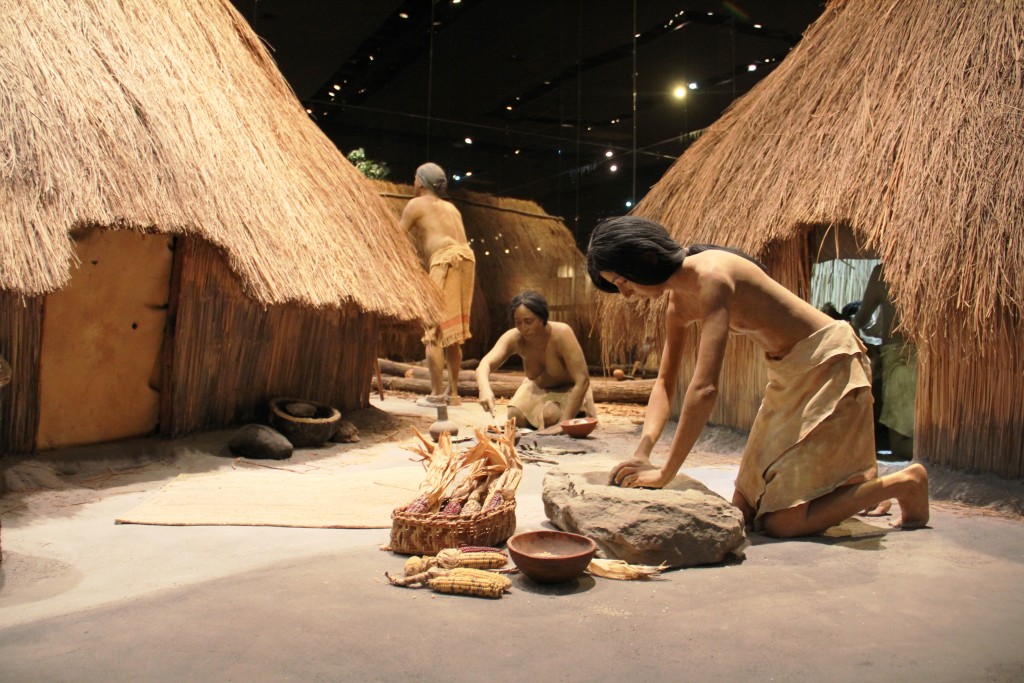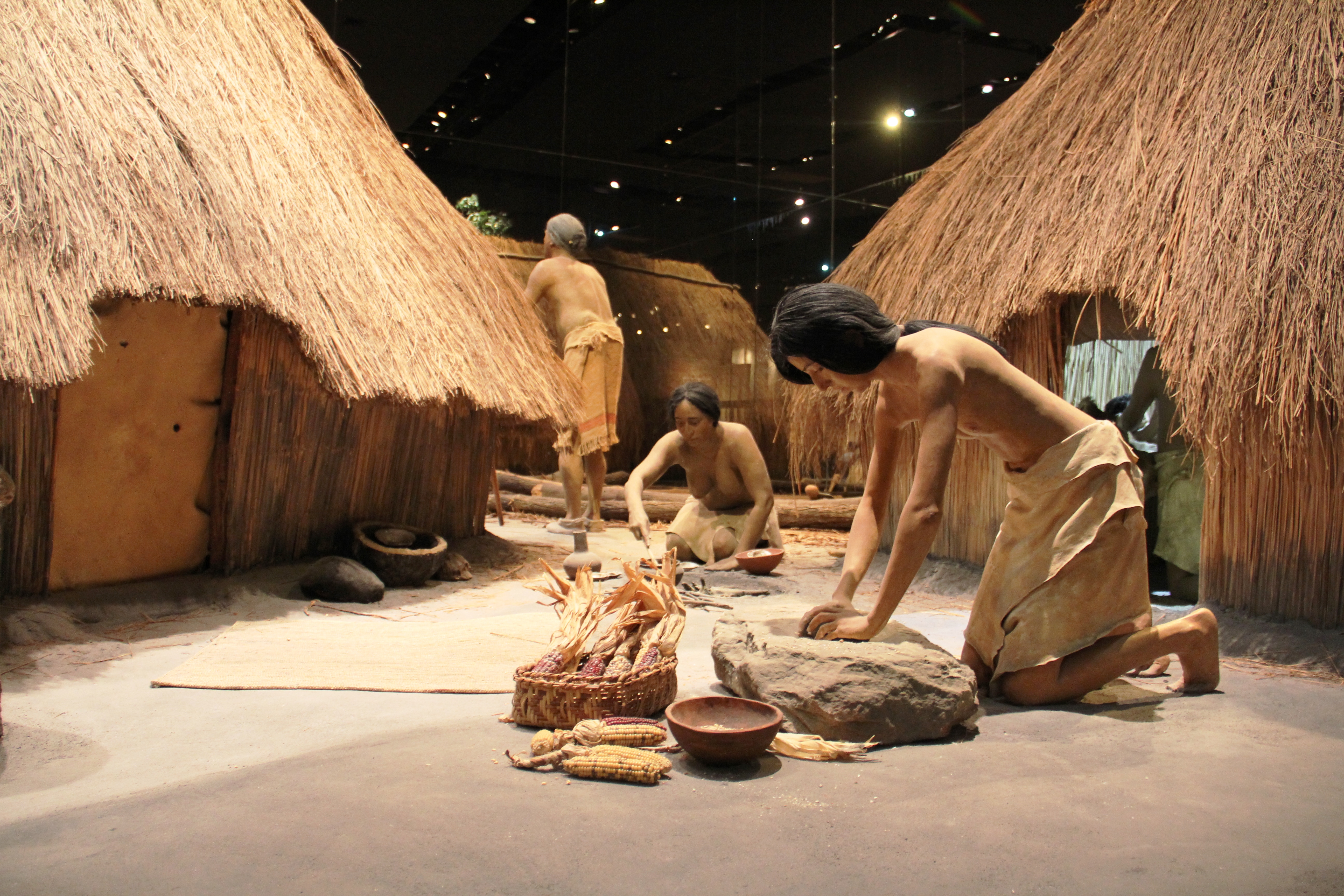
Ryan Roberts
Staff Writer
For Native American history month, Cahokia Mounds Assistant Manager William R. Iseminger came to Lewis and Clark Community College to give a speech about Native Americans of North America and their use of Astronomy on Nov. 15.
He focused his speech on Cahokia Mounds, which was home to the largest Native American city north of Mexico. The State Historic Site was populated by the Mississippian people who built the famous mounds, but was named after the Cahokia tribe inhabiting the area when the first French explorers arrived.
Iseminger mentioned that the Natives who built Cahokia also built a large circle of cedar posts, which has been named Woodhenge. The circle was constructed multiple times, increasing in size as it was rebuilt.
He mentioned that the placement of the wooden timber coincided with the solar equinoxes, which are the times when the sun crosses the equator and the solstices when the sun reaches the furthest point in the hemisphere.
“These are ways of keeping time, People have to rely on what was around them.” Cahokia Mounds Assistant Manager William R. Iseminger said.
The fact that the post in the middle of the Woodhenge was not at the center of the circle, but was placed at an angle to align with the sun during the solstice supports the idea that it was a deliberate choice and not a coincidence by the constructors. As modern technology didn’t exist, people had to build a calendar to align with the agricultural cycle.
Adam Waldo, who interned with Iseminger at Cahokia, said, “The Cahokia civilization had a population as many as 100,000 people. With factory farming not to come to the area for another 500 years it was an extremely fine line between life and death. These people planted and harvested by the heavens, by the Woodhenge. If their corn was not cultivated to perfection it meant tens of thousands suffering starvation. This is in fact the most popular theory for the disappearance of the Mississippians at Cahokia.”
It is possible for visitors in Cahokia to enjoy the sight of the solstice aligning with Woodhenge as the third circle was reconstructed in 1985, the upcoming solstice can be observed on Dec. 18, 2016. There will also be a chance to buy Native American art from the Native American Holiday Market during the weekend after Thanksgiving.
For more information on the Native American Solstice visit interexchange.org.




